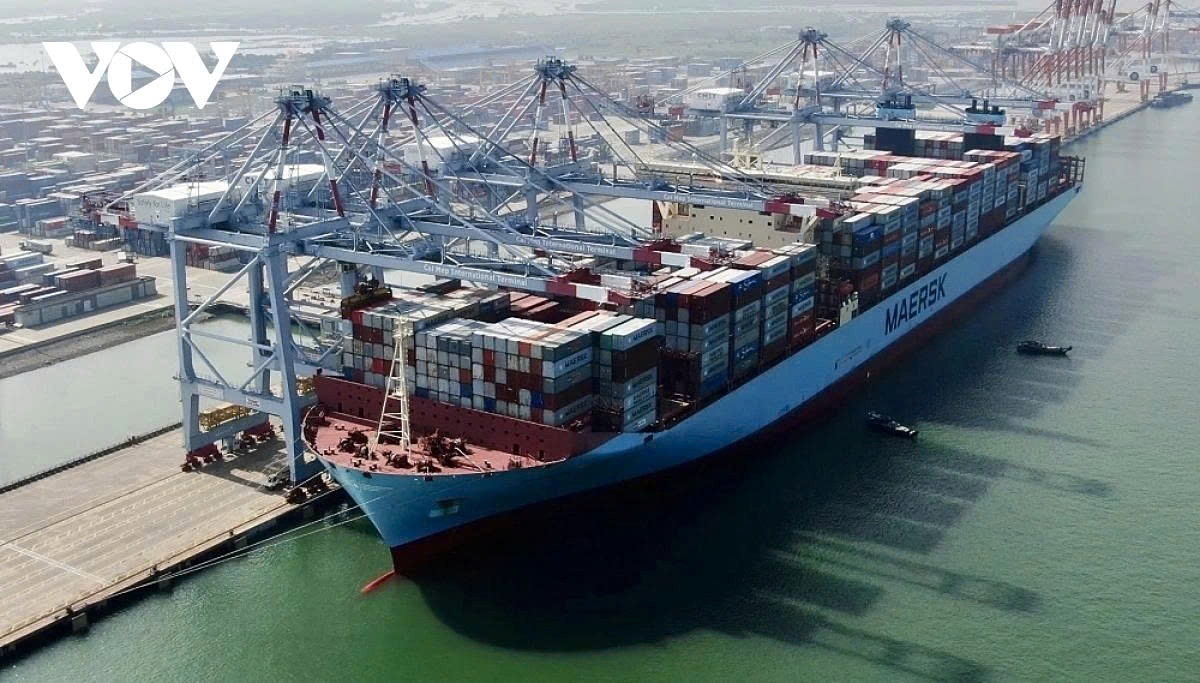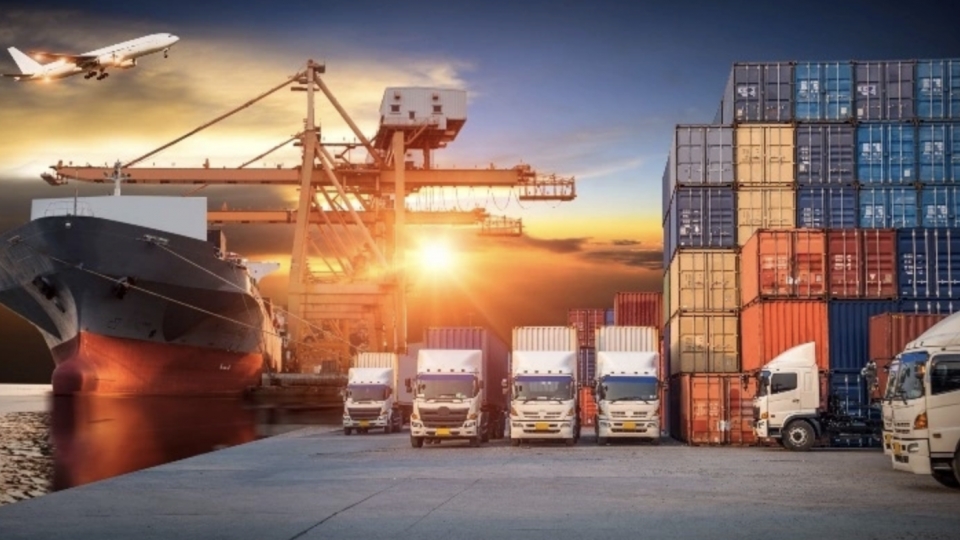Expanded HCM City aims to become leading regional trade, logistics mega-hub
VOV.VN - Following the recent administrative merger and territorial expansion with Binh Duong and Ba Ria-Vung Tau, Ho Chi Minh City is rapidly asserting its role as a leading regional hub for trade and logistics.

Experts, however, emphasise the urgent need for comprehensive infrastructure development, the strategic allocation of functional zones, and a clear roadmap to transform the city into a key international transshipment cluster.
Dr. Dinh Cong Khai, vice president of Ho Chi Minh City University of Economics, notes that the city’s logistics system remains fragmented and lacks strategic integration. The current setup causes localised cargo bottlenecks, undermining the operational capacity of major ports like Cai Mep – Thi Vai. He recommends that the city promptly restructure its logistics network to ensure seamless, synchronised operations.
Echoing this concern, Le Kim Cuong, deputy director of the Logistics Services Centre at Saigon Newport Corporation, points to severe road congestion between Cai Mep and inland container depots (ICDs), which can delay shipments by 5–7 days. He urges stronger investment in waterway transport to reduce cost, time, and pressure on road infrastructure.
According to Dr. Do Thien Anh Tuan, a lecturer at Fulbright School of Public Policy and Management, HCM City has evolved from being a southern financial and commercial centre into a strategic geo-economic hub for both Vietnam and Southeast Asia. With direct access to the sea, proximity to key industrial provinces, and control of vital transport gateways including Tan Son Nhat International Airport, seaports, ICDs, and the future Long Thanh International Airport, HCM City is ideally positioned to lead regional cargo and passenger flows.
ICDs in HCM City, Binh Duong, and Ba Ria – Vung Tau, such as Truong Tho, Song Than, Long Binh, and Phu My, serve as distribution satellites, collecting goods from major production centres for further transport via sea or air. The upcoming Long Thanh airport is expected to significantly boost cargo and passenger capacity, enabling the city to support international trade, tourism, exhibitions, cross-border commerce, and high-value supply chains.
To unlock the full potential of the expanded metropolitan area, Dr. Tuan proposes adopting a “one city – three centres” development model, an approach already used successfully in other countries to optimise regional resources.
Under this model, HCM City will serve as the high-end retail and consumer hub, driven by a growing middle class. Binh Duong will become a logistics and industrial commerce centre, leveraging its modern infrastructure and strong investment appeal. Ba Ria – Vung Tau would function as a strategic maritime trade gateway and international import-export node.
Each centre would assume a distinct but complementary role in a unified value chain, minimising overlap while fostering regional synergy.
Cao Hong Phong, chairman of the Logistics and Port Association of former Ba Ria – Vung Tau province, suggests dividing logistics operations into two distinct segments - export-import logistics, to be centralised in Ba Ria – Vung Tau to leverage its deep-water port capabilities, and domestic logistics, to be concentrated in Ho Chi Minh City and Binh Duong, where well-developed distribution infrastructure is already in place.
Truong Tan Loc, vice president of the HCM City Logistics Association (HLA), emphasises the need for a technology-driven logistics ecosystem, modeled after global trade hubs like Singapore or Hong Kong. He advocates treating the seaport and ICD network across HCM City, Binh Duong, and Ba Ria – Vung Tau as a single integrated system, rather than operating in silos.
He also highlights the region’s untapped potential in waterway transport. Major rivers like the Saigon and Dong Nai could serve as “waterway highways” for container barges, helping to relieve road congestion and lower logistics costs. Integrated inland waterway routes linking the three provinces could offer a breakthrough in developing a low-emission, cost-efficient logistics corridor for southern Vietnam.





